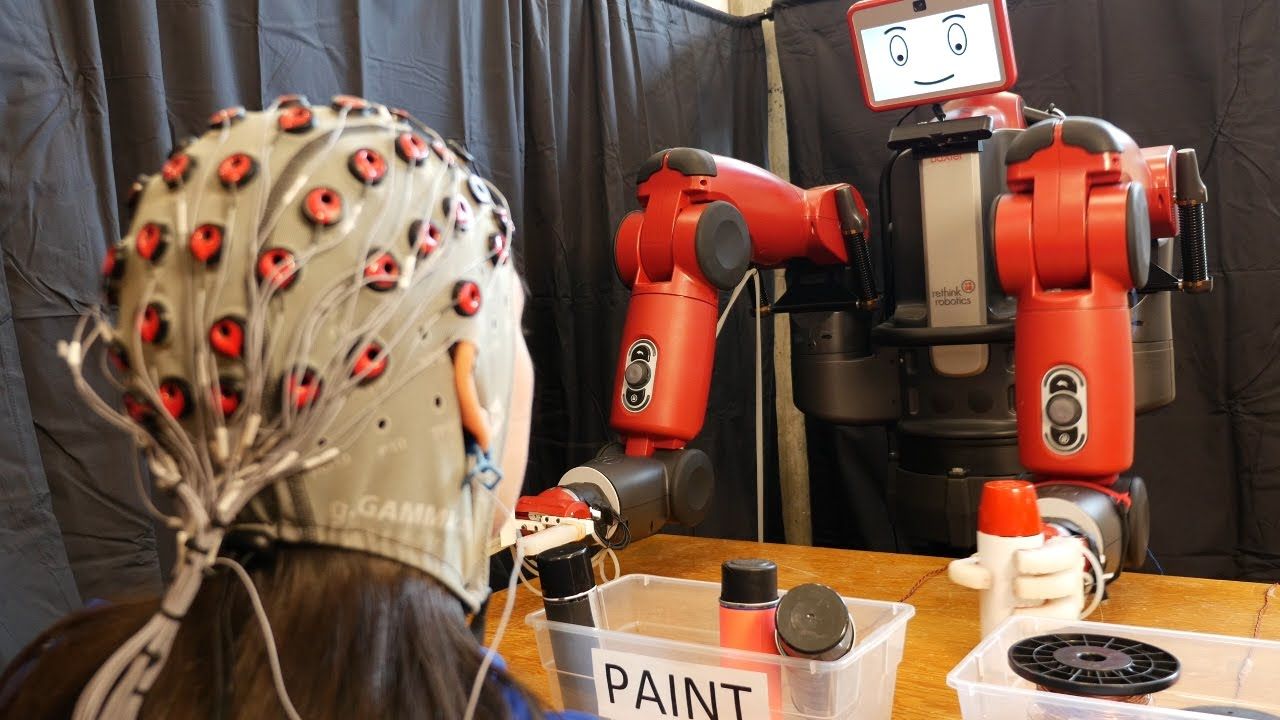Page 10183
Mar 10, 2017
The boom is here: U.S. solar experiences record-smashing year — By Joe Romm | ThinkProgress
Posted by Odette Bohr Dienel in categories: engineering, environmental, governance, policy, science, solar power
“The industry reports that, for the first time ever, solar was the number one source of new generating capacity, beating out wind and gas.”
Mar 10, 2017
This super-fast 3D printer is powered by holograms
Posted by Nancie Hunter in categories: 3D printing, computing, holograms
The advantage of Daqri’s chip, the company says, is that it can create holograms without the need for complex optics. On a silicon wafer, a tiny grid of tunable crystals is used to control the magnitude and time delay, or phase, of reflected light shined at the surface of the chip from a laser. Software adjusts the crystals to create patterns of interference in the light, resulting in a three-dimensional light field.
In experiments, the team has used the chip to create solid objects by projecting holograms into containers of various light-activated monomers. It can currently make small objects, such as a paper clip, in about five seconds—a process that could take a normal 3D printer several minutes.
A startup called Daqri has technology that can print solid objects faster and also powers a new kind of head-up display.
Continue reading “This super-fast 3D printer is powered by holograms” »
Mar 10, 2017
Rift in Space: ‘Mission:ISS’ Launches Today
Posted by Brett Gallie II in category: space
Mar 10, 2017
En– The World’s First Contactless Payment Ring
Posted by Klaus Baldauf in category: futurism
Mar 9, 2017
The future of AI is neuromorphic. Meet the scientists building digital ‘brains’ for your phone
Posted by Alireza Mokri in categories: mobile phones, robotics/AI

AI services like Apple’s Siri and others operate by sending your queries to faraway data centers, which send back responses. The reason they rely on cloud-based computing is that today’s electronics don’t come with enough computing power to run the processing-heavy algorithms needed for machine learning. The typical CPUs most smartphones use could never handle a system like Siri on the device. But Dr. Chris Eliasmith, a theoretical neuroscientist and co-CEO of Canadian AI startup Applied Brain Research, is confident that a new type of chip is about to change that.
Mar 9, 2017
Machines aren’t growing more intelligent—they’re just doing what we programmed them to do
Posted by Alireza Mokri in category: robotics/AI
For the most part, the AI achievements touted in the media aren’t evidence of great improvements in the field. The AI program from Google that won a Go contest last year was not a refined version of the one from IBM that beat the world’s chess champion in 1997; the car feature that beeps when you stray out of your lane works quite differently than the one that plans your route. Instead, the accomplishments so breathlessly reported are often cobbled together from a grab bag of disparate tools and techniques. It might be easy to mistake the drumbeat of stories about machines besting us at tasks as evidence that these tools are growing ever smarter—but that’s not happening.
Public discourse about AI has become untethered from reality in part because the field doesn’t have a coherent theory. Without such a theory, people can’t gauge progress in the field, and characterizing advances becomes anyone’s guess. As a result the people we hear from the most are those with the loudest voices rather than those with something substantive to say, and press reports about killer robots go largely unchallenged.
I’d suggest that one problem with AI is the name itself—coined more than 50 years ago to describe efforts to program computers to solve problems that required human intelligence or attention. Had artificial intelligence been named something less spooky, it might seem as prosaic as operations research or predictive analytics.
Mar 9, 2017
This MIT robot reads your mind to know when it screws up
Posted by Alireza Mokri in category: robotics/AI

Baxter can read your mind to learn if it’s getting a simple task right or wrong, possibly setting up a foundation for thought-controlled machines.
A prospective footwear concept inspired by SpaceX project of Mars colonization and my personal interest for this planet. PERSONAL PROJECT. 10 days.
Mar 9, 2017
Google’s new machine learning API recognizes objects in videos
Posted by Alireza Mokri in category: robotics/AI
At its Cloud Next conference in San Francisco, Google today announced the launch of a new machine learning API for automatically recognizing objects in videos and making them searchable.
The new Video Intelligence API will allow developers to build applications that can automatically extract entities from a video. Until now, most similar image recognition APIs available in the cloud only focused on doing this for still images, but with the help of this new API, developers will be able to build applications that let users search and discover information in videos. That means you can search for “dog” or “flower,” for example.
Besides extracting metadata, the API allows you to tag scene changes in a video.
Continue reading “Google’s new machine learning API recognizes objects in videos” »
















